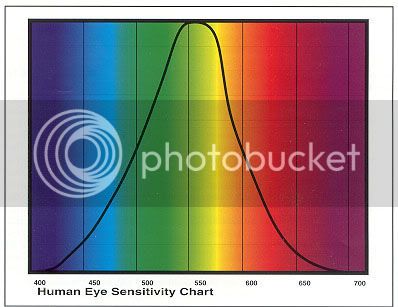bmwhd
Well-known member
If you've followed along with this thread, you'll know I've gone through a series of cheap a$$ HID components and have now moved on to a very high quality setup that works really well with the FJR.
The vendor I got these from is more focused on selling to the BMW crowd so I've decided to offer these here.
The package has a couple of options but in all cases you get two (2) of the telescoping bi-xenon (servo actuated) H4 hi/lo HID capsules, the wire harness (controller) that controls the servos and fires the capsules, and two ballasts.
This kit includes the slim format Hylux ASIC ballasts. The ASIC are the way to go as these are the newer technology ballasts that actively measure current draw to ensure proper voltage to the capsule at all times. The traditional ballasts simply use a pre-programmed power curve designed to approximate the way voltage needs to be modified over time as the capsule ages. However, if you want this kit for a CANBUS-equiped bike (not an FJR obviously), the older style bikes work better and I can get those too.
There is also a few different color temp (5K, 6K, and 8K). I strongly recommend the 5K as these pump out the most lumens.
Here's another thing to consider - These kits include the best HID components I've seen in this price range. The quality difference between these and the cheap kits on eBay has to be seen to be believed. But there's more - Each of these kits will be tested prior to shipping. We burn in each set and chart current draw to ensure it is within spec. This really cuts down on warranty issues and gives you peace of mind that there will be fewer DOA issues.
The price for this FJR kit is $125 which includes shipping to the lower 48.
You can certainly find HID kits for less but not with these components.
I'll be adding better pictures soon but here's a few:
Bulb capsule:

Thin ballast:

Example current plot you get with the kit:

I'll get this up for web ordering soon but I'll take orders by PM for now.
The vendor I got these from is more focused on selling to the BMW crowd so I've decided to offer these here.
The package has a couple of options but in all cases you get two (2) of the telescoping bi-xenon (servo actuated) H4 hi/lo HID capsules, the wire harness (controller) that controls the servos and fires the capsules, and two ballasts.
This kit includes the slim format Hylux ASIC ballasts. The ASIC are the way to go as these are the newer technology ballasts that actively measure current draw to ensure proper voltage to the capsule at all times. The traditional ballasts simply use a pre-programmed power curve designed to approximate the way voltage needs to be modified over time as the capsule ages. However, if you want this kit for a CANBUS-equiped bike (not an FJR obviously), the older style bikes work better and I can get those too.
There is also a few different color temp (5K, 6K, and 8K). I strongly recommend the 5K as these pump out the most lumens.
Here's another thing to consider - These kits include the best HID components I've seen in this price range. The quality difference between these and the cheap kits on eBay has to be seen to be believed. But there's more - Each of these kits will be tested prior to shipping. We burn in each set and chart current draw to ensure it is within spec. This really cuts down on warranty issues and gives you peace of mind that there will be fewer DOA issues.
The price for this FJR kit is $125 which includes shipping to the lower 48.
You can certainly find HID kits for less but not with these components.
I'll be adding better pictures soon but here's a few:
Bulb capsule:

Thin ballast:

Example current plot you get with the kit:

I'll get this up for web ordering soon but I'll take orders by PM for now.
Last edited by a moderator:







